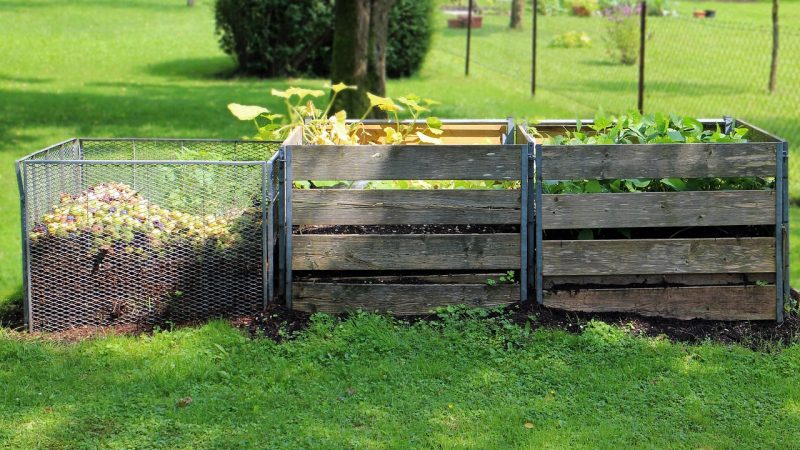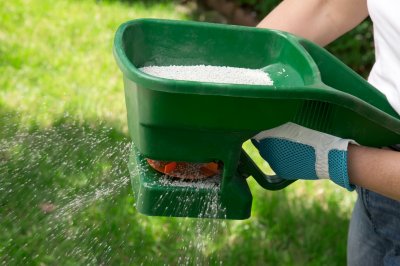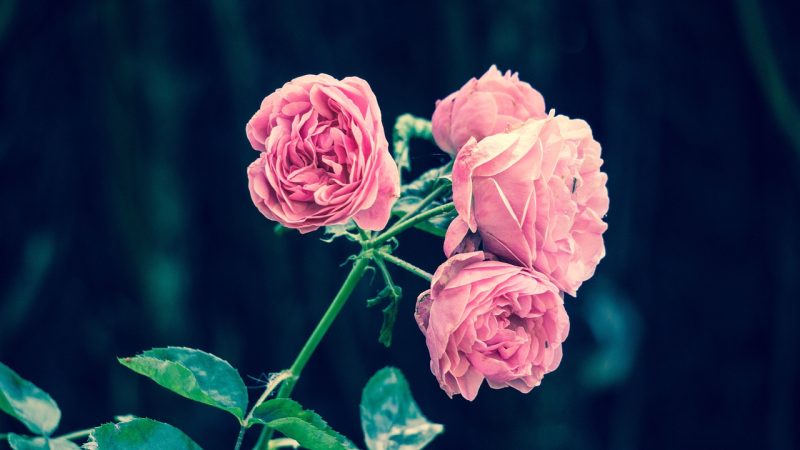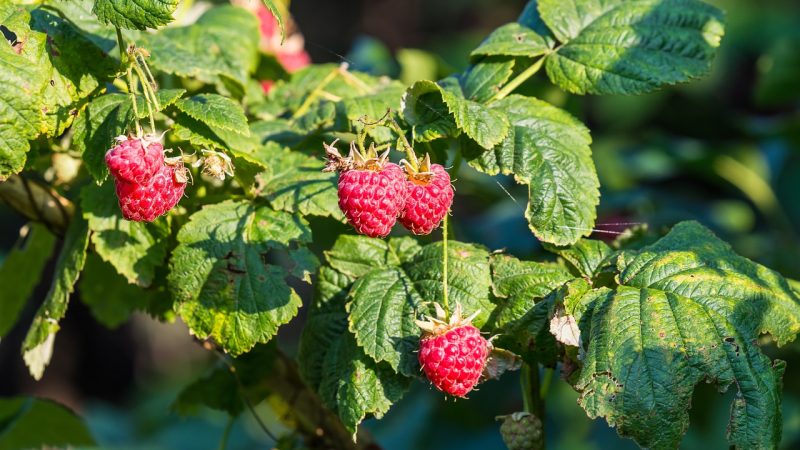Dill (Anethum graveolens) is an aromatic and flavorful herb commonly used in cooking, particularly in pickling and various dishes. It’s also an attractive addition to the garden, with delicate feathery foliage and small yellow flowers. Here are some tips for sowing and growing dill:
**1. Choose the Right Time: Dill is a cool-season herb that prefers mild temperatures. The best time to sow dill seeds is in the early spring after the last frost date or in the late summer for a fall harvest. Dill doesn’t tolerate extreme heat well, so avoid sowing during the hottest months of summer.
**2. Select a Sunny Location: Dill thrives in full sun. Choose a spot in your garden that receives at least 6 to 8 hours of direct sunlight each day.
**3. Prepare the Soil: Dill prefers well-draining soil with a pH between 5.5 and 6.5. Work some organic matter, such as compost, into the soil before sowing to improve fertility and drainage.
**4. Direct Sowing: Dill is best sown directly into the ground as it doesn’t transplant well due to its long taproot. Make shallow furrows in the soil, about 1/4 to 1/2 inch deep.
**5. Sow the Seeds: Place the dill seeds in the furrows, spacing them about 6 to 12 inches apart. Dill plants can grow quite tall (up to 2-3 feet), so provide enough space between each seed.
**6. Cover and Water: Gently cover the dill seeds with a thin layer of soil and water the area thoroughly but gently to settle the soil around the seeds.
**7. Keep Moist: Keep the soil consistently moist until the seeds germinate, which typically takes 7 to 14 days. Be careful not to overwater, as dill doesn’t like soggy conditions.
**8. Thinning: Once the dill seedlings have a few true leaves (typically when they are a few inches tall), thin them to provide sufficient space for each plant. Thin to about 12 to 18 inches apart.
**9. Care and Maintenance: Dill is relatively low-maintenance. Keep the soil evenly moist, but not waterlogged, throughout the growing season. Adding a layer of mulch around the plants can help retain moisture and suppress weed growth.
**10. Harvesting: You can start harvesting dill leaves once the plant is mature and has several sets of leaves. Snip off the leaves as needed, but avoid taking more than one-third of the plant at a time to allow it to continue growing. Harvest the seeds (dill seeds or dill weed) once the flowers have matured and turned brown.
**11. Preventing Bolting: Dill is prone to bolting (going to seed) in hot weather. To prolong the harvest of fresh leaves, consider planting in partial shade during the hottest months or using successive plantings throughout the season.
By following these tips, you should be able to grow healthy and flavorful dill in your garden. Enjoy using this versatile herb in your culinary adventures!







